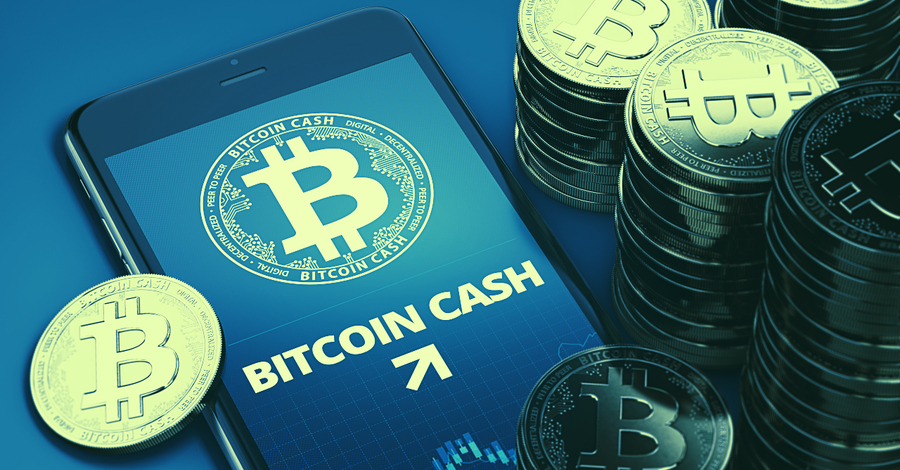 Following Bitcoin Cash’s first halving, it now costs roughly $7,300 (or 1 BTC) to attack the Bitcoin Cash network for one hour.
Following Bitcoin Cash’s first halving, it now costs roughly $7,300 (or 1 BTC) to attack the Bitcoin Cash network for one hour.
A 2013 Toyota Camry. 8,000 pounds of pasta. A suite room for a 21 day cruise. 1,000 N95 masks.
All of these things currently cost more than an hour-long 51% attack on Bitcoin Cash’s network. The bigger-block Bitcoin clone underwent its first halving event yesterday. Bitcoin Cash’s inflation rate dropped from 6.25 to 3.125 as a result.
And that’s not the only thing that’s dropping. Continuing a downward trend that preceded the halving, Bitcoin Cash’s hashrate continues to decline. On February 14, 2020, Bitcoin Cash’s network produced 5 exahashes, the most the network produced since November 2019 when it saw 7.8 exahashes just before the mass market sell-off that drove crypto prices down to pre-2017 bull run territory.
35 days left until next #BitcoinHalving
▓▓▓▓▓▓▓▓▓▓▓▓▓░ 97%— Bitcoin Halving Countdown (@Bitcoin_Halving) April 9, 2020
Now, Bitcoin Cash’s hashrate is in the 3.5 exahash range—a 30% decline from its mid-February numbers, and a 57% decline since November 2018. As a result, the world’s fifth-most valuable currency by market cap ($5.5 billion) now costs less than $7,500 an hour to 51% attack.
What that means is if a malicious actor wanted to control 51% of Bitcoin Cash’s hashrate for an hour, it would cost them approximately $7,329—or the cost of a single Bitcoin at today’s prices. (By comparison, the Bitcoin network, currently worth $133 billion, costs $500,000 an hour to attack and is posting approximately 110 exahashes daily).
Bitcoin Cash’s ensuing “mining death spiral” was far from an unforeseen event. Bitcoin analysts have long cautioned that Bitcoin Cash tinkered with its monetary policy too much to maintain a stable mining economy.
As data journalism platform LongHash previously reported, Bitcoin Cash launched with a difficulty adjustment mechanism that accelerated its block reward schedule. In other words, when Bitcoin Cash launched in August 2017, block times were so sporadic and unpredictable that Bitcoin Cash’s monetary base outgrew Bitcoin’s own.
This resulted in miners leaving Bitcoin to mine Bitcoin Cash because it was momentarily more profitable (and this is why Bitcoin Cash’s price had a run on Bitcoin in November 2017). The number of Bitcoin Cash miners expanded during this time.
Now, we’re seeing the exact opposite occur. Bitcoin Cash’s miner base is contracting, as the recent halving has made it unprofitable to mine (Bitcoin Cash later backpedalled on the new difficulty adjustment, which decreased block rewards and, by extension, cut into miners’ revenues.)
The result: in the hours following Bitcoin Cash’s first halving, the network only mined a single block.
Bitcoin Cash just underwent its first halving.
At current prices, daily mining revenue will drop from $471,600 to $235,800.
According to Fork Monitor, in the 2 hours since forking, BCH has only mined 1 block, indicating miners may have already left the network. pic.twitter.com/kqEmlVyI4K
— Ryan Watkins (@RyanWatkins_) April 8, 2020
Even Roger Ver, one of Bitcoin Cash’s primary proponents, and in some ways its founder, is winding down his Bitcoin.com mining pool hashrate. Bitcoin.com’s personal hashrate is down more than 90 percent since the halving.





GIPHY App Key not set. Please check settings